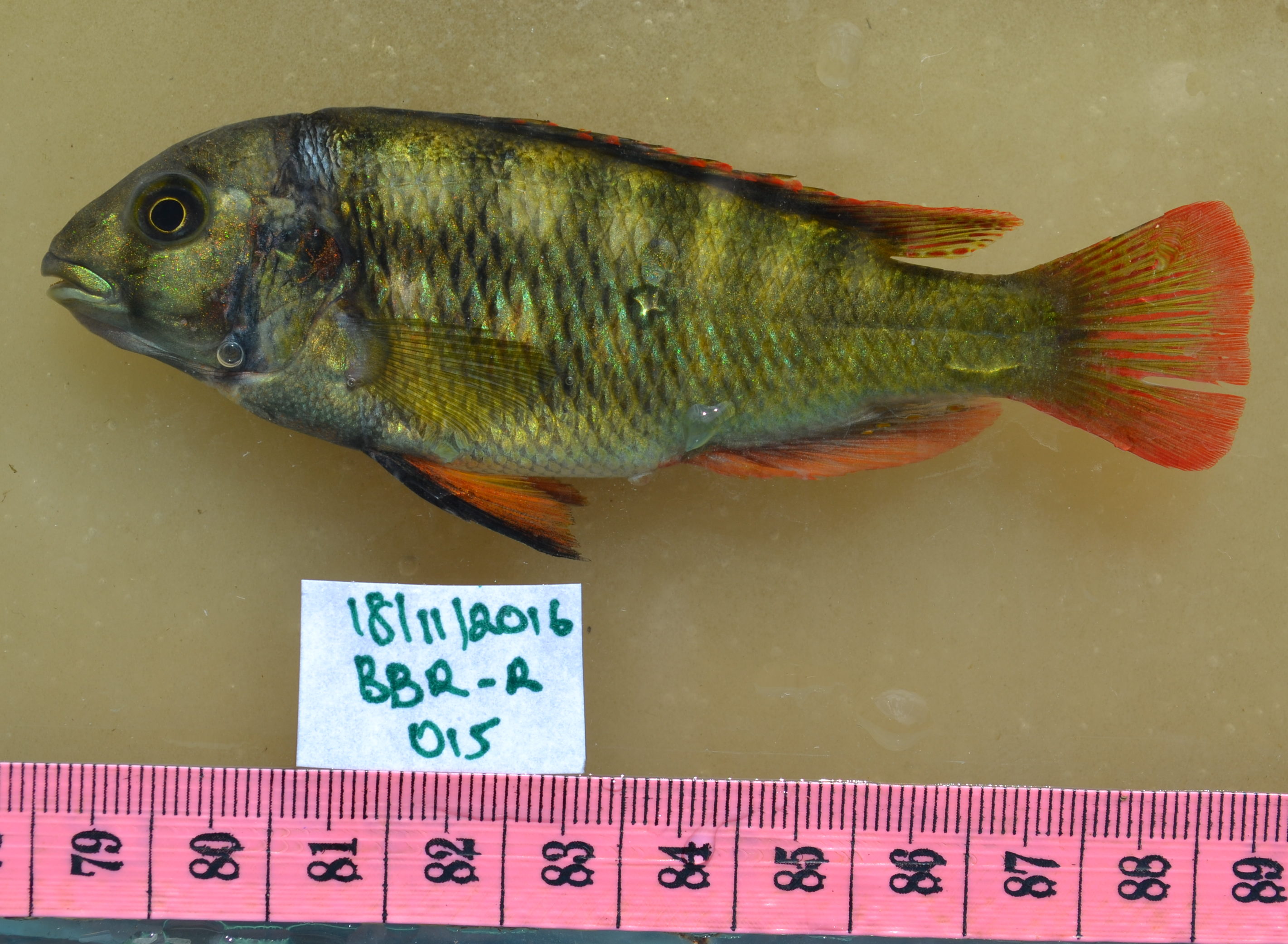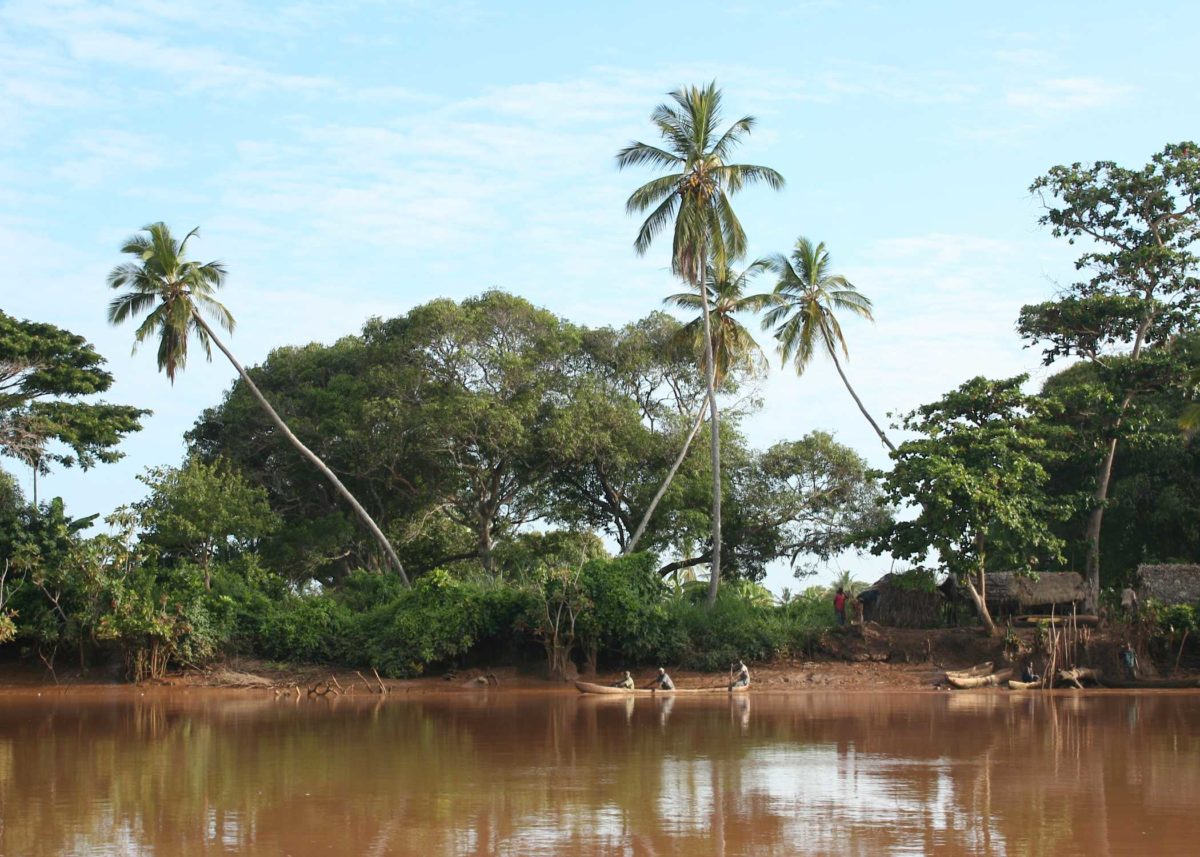We recently announced our sixth and seventh major projects in our freshwater grant portfolio that each create a notable point in our constellation of projects. Our Freshwater Biodiversity & Resources program aims to support freshwater ecosystem assessments and decision-making regarding freshwater resources for conservation and sustainable development. We believe that biodiversity information system efforts that involve partnerships of data providers and knowledge users to address local needs are most likely to be sustained.
The grants we announced to the National Museums of Kenya (NMK) and Uganda’s National Fisheries Research Institute (NaFIRRI) pursue strategies that are fundamental to our future grantmaking. NMK’s project is organized upon the unit of the Tana River catchment in Kenya. We are interested in catchment boundaries, as these are often functional management areas of basin authorities and may be the key unit of governance and management for transnational catchments. For NMK, this boundary defines a broad set of data users and stakeholders such as the Tana River Basin Authority, water users, and environmental management agencies active at the national and county levels. NMK will need to artfully navigate interests that may not be accustomed to sharing information, and balance research-centered motivations vs. policy-driven motivations for setting priorities and design of the information system. Success may lead to other catchment basins seeking to manage their data in this or similar data platforms.

NaFIRRI works on the national scale to compile data sets, as a governmental agency mandated for freshwater research. The project aims to mobilize data sets from national sources building upon their successful GBIF-BID project. We are interested to see the acceleration of a project with prior GBIF-BID funding ($23,000) as we consider how smaller grants act as catalysts of larger projects. NaFIRRI will certainly publish fish, invertebrate, and algae data, but the diversity of its data holdings and data sources may be a challenge. We suspect that when information systems try to ‘be everything to everyone’ they may lack enough data density and identity to be perceived as vital by any single stakeholder. However, success of a broad data and information platform may support the development of national systems, gain multi-stakeholder support, and stimulate online access to resources such as Uganda’s National Biodiversity Data Bank (NBDB).
For efficiency and effectiveness, both projects will need to look at examples of biodiversity information system design in Africa, Europe, and the U.S. to choose software, user-centered designs, hardware, and work flows. Both projects are closely considering the data and software architecture of the Freshwater Research Centre’s (South Africa) Freshwater Biodiversity Information System. The experience of these efforts at technical implementation and institutional partnerships will set a valuable precedent to those that follow!

